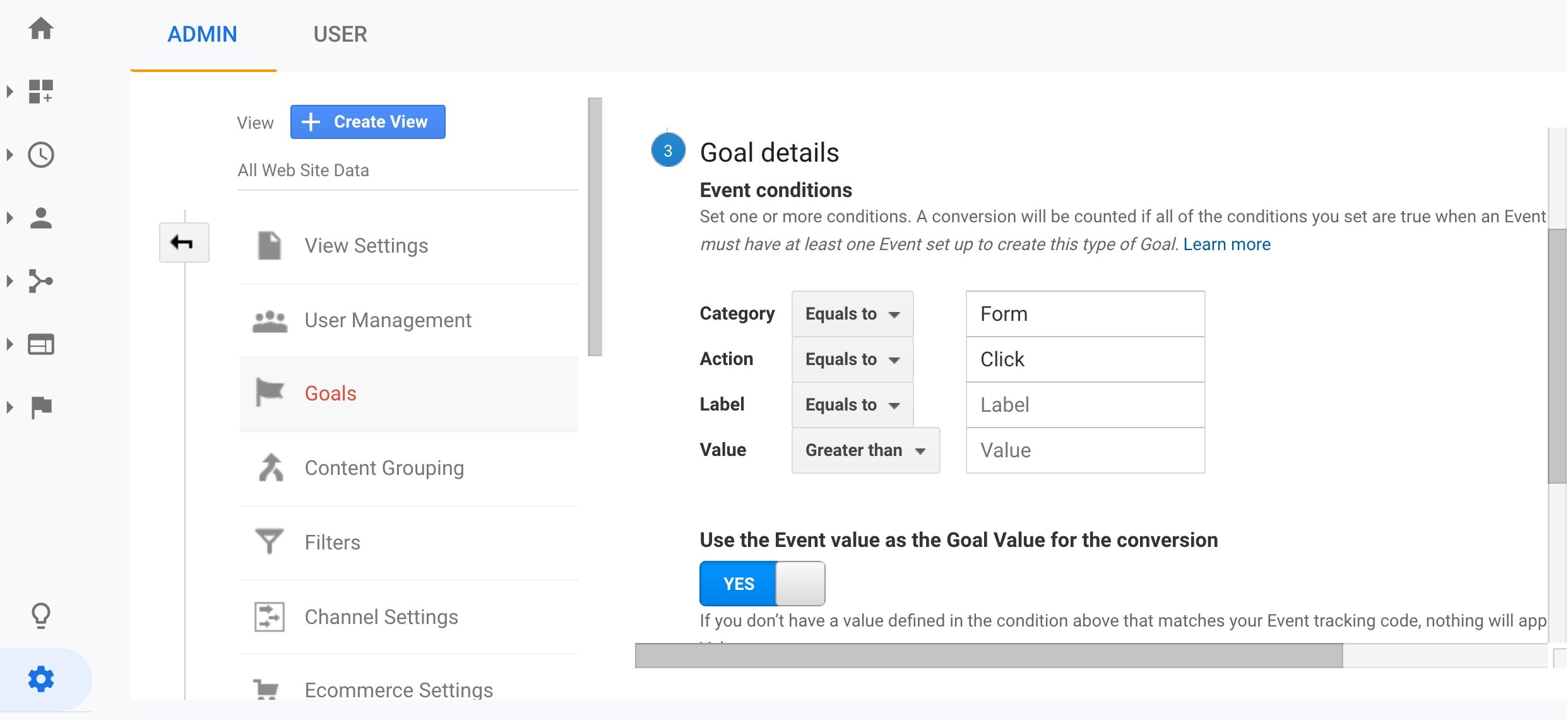Secret Insights on What Data Is Google Analytics Goals Unable to Track
Secret Insights on What Data Is Google Analytics Goals Unable to Track
Blog Article
Introducing the Blind Attractions: Understanding What Google Analytics Goals Can not Measure
In the realm of digital analytics, Google Analytics stands as an effective device for monitoring and evaluating online user interactions. Nevertheless, amidst its robust capabilities, there exist dead spots that frequently avert measurement. Comprehending what Google Analytics goals can not measure is essential for obtaining an extensive view of user actions and involvement. As we dive right into the intricacies of these unseen areas, we uncover an intricate internet of uncharted territories that hold useful understandings into customer activities and motivations, difficult standard knowledge and clarifying the restrictions of our data-driven understanding.
Individual Behavior on External Operatings Systems
Comprehending how customers communicate on external platforms is crucial for maximizing online approaches. Outside systems, such as social media networks, reference sites, and on-line forums, play a substantial function in driving website traffic to a business's internet site. By evaluating customer behavior on these platforms, organizations can acquire beneficial insights into the performance of their advertising and marketing initiatives and the choices of their target audience.
One secret facet of user habits on exterior platforms is the recommendation resource. By tracking where the users are coming from, services can identify which systems are driving one of the most traffic to their site. This info can aid companies assign their resources better, concentrating on the platforms that yield the ideal results.

Offline Conversions and Communications
Assessing customer habits on external systems offers valuable understandings into online methods; however, taking into consideration offline conversions and interactions is equally critical for a comprehensive understanding of a business's overall efficiency. Offline conversions, such as in-store purchases or phone queries, play a substantial function in lots of services' success.

Acknowledgment Beyond Last Click
When diving right into the realm of digital advertising analytics, it ends up being important to look beyond the solitary touchpoint of the last click for a much more thorough understanding of attribution. While Google Analytics supplies useful understandings right into user behavior, relying solely on last-click attribution can be restricting - what data is google analytics goals unable to track. Attribution models that go beyond the last click use a more nuanced view of the client journey, considering all the touchpoints that bring about a conversion
Acknowledgment past the last click permits online marketers to assign credit rating to various interactions along the conversion path, providing a clearer picture of the performance of various advertising and marketing networks. By checking out multi-touch attribution versions such as direct, time degeneration, or position-based attribution, organizations can better allocate their advertising budget plans and maximize their strategies for maximum impact.
Comprehending the influence of each touchpoint in the conversion process is crucial for making educated decisions and optimizing ROI. By accepting acknowledgment beyond the last click, businesses can acquire deeper understandings into client habits and customize their the original source advertising efforts better.
Cross-Device and Cross-Browser Tracking

Likewise, cross-browser monitoring complements cross-device monitoring by recording customer behavior as they switch between different internet internet browsers. Understanding exactly how users communicate with internet sites on various web browsers can help online marketers optimize their on-line experiences to ensure consistency and capability across different systems.
Qualitative Information and Individual Intent
Comprehending individual intent with qualitative information evaluation is important for creating targeted electronic marketing methods that resonate with the needs and preferences of the target audience. Qualitative information offers understandings into the 'why' behind user activities, dropping light on motivations, emotions, and choices that quantitative data alone can not catch. By examining individual responses, comments, and communications, marketing experts can discover useful info about individual intent, enabling them to customize their messaging, material, and offerings to much better straighten with what their target you can look here market is looking for.
Qualitative data likewise assists in understanding the context in which individuals involve with a website or app. This contextual understanding makes it possible for marketing professionals to create more relevant and customized experiences, inevitably driving greater engagement and conversion prices. By delving right into individual intent via qualitative data analysis, businesses can get a much deeper understanding of their target audience, resulting in more effective marketing techniques that fulfill customers' demands and expectations.
Verdict
Finally, Google Analytics goals have limitations in measuring customer actions on external platforms, offline conversions, acknowledgment beyond last click, cross-device and cross-browser tracking, and qualitative information associated to user intent. what data is google analytics goals unable to track. It is very important for businesses to be knowledgeable about these dead spots in order to supplement their information evaluation with various other tools and approaches to gain a more detailed understanding of their audience and improve their general digital advertising methods
By analyzing user actions on these platforms, services can get beneficial insights right into the performance of their advertising efforts and the preferences of their target audience.
Evaluating customer actions on exterior platforms provides valuable insights right into online techniques; nevertheless, taking into consideration offline conversions and communications is equally necessary for a detailed understanding of a company's total efficiency.In electronic marketing analytics, relocating past last-click attribution to discover cross-device and cross-browser tracking is important for getting an all natural understanding of user interactions throughout numerous systems and gadgets. By assessing individual responses, comments, and interactions, online marketers can uncover useful information concerning individual intent, allowing them to tailor their messaging, material, and offerings to much better align with what their audience is looking for.
By delving into customer intent via qualitative data analysis, organizations can obtain a deeper understanding this hyperlink of their target audience, leading to more effective advertising and marketing strategies that meet customers' demands and assumptions.
Report this page